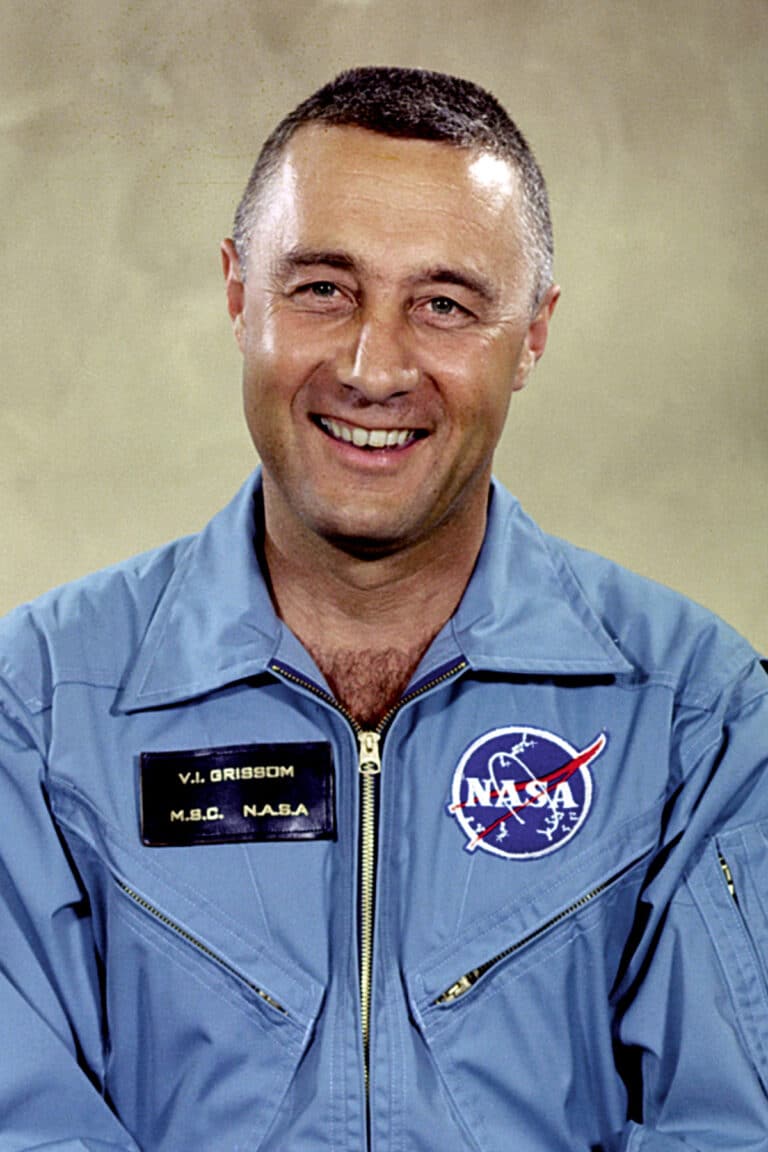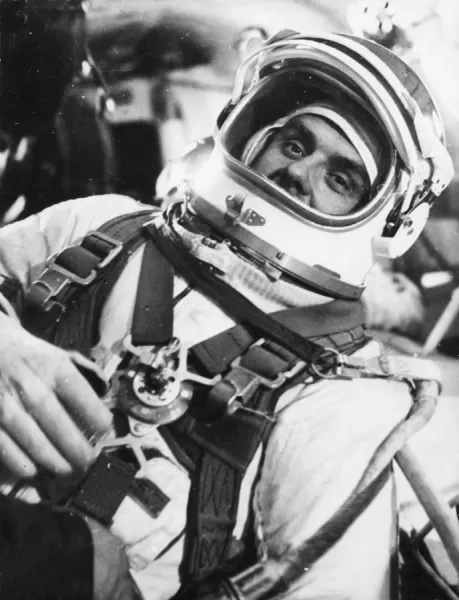The works of Jules Verne are distinguished by their ability to anticipate scientific and technological discoveries long before they are made. By venturing into the areas of science fiction, the author has painted a fascinating vision of the future ofastronautics. Through the fertile imagination that drives his stories, Verne explored concepts such as space travel and revolutionary technologies, becoming a pioneer in a genre that paved the way for modern science fiction. Through his novels, he was able to take a visionary look at the conquest of space, illustrating how the human spirit can transcend the limits of time and space.

At the heart of modern science fiction, Jules Verne was able, through his visionary writings, to anticipate numerous technological advances. His novels, steeped in dreams of adventure and exploration, reveal a fascinating glimpse into the future of astronautics. This article will explore how this iconic author imagined concepts that decades later would be realized in reality.
Table des matières
ToggleVisionary of human enterprise
In his stories, Jules Verne has often immersed the reader in extraordinary journeys that reflect the ambitions of humanity. Through his literary works, he was able to shed light on the desires for conquest and exploration that animate the human spirit. Stories such as From the Earth to the Moon vividly illustrate this ambition. Far from being simply works of fiction, these stories are based on realistic physics principles for the time, which already demonstrates an intuitive understanding of the technical challenges associated with space travel.
Anticipation of futuristic technologies
The technologies anticipated by Verne in his novels are impressive and have proven to be visionary. For example, in Twenty thousand leagues under the sea, he imagined the Nautilus submarine, an invention which could be compared to real contemporary submarines. Likewise, the menacing journey to the Moon, presented in From the Earth to the Moon, prefigures the development of real rockets. His creations were often based on the scientific advances of his time, which he extrapolated through a rich imagination. By relying on popular scientific publications, Verne managed to depict devices which, although extravagant for his time, do not seem so far from our current reality.
Explorations of new frontiers
One of the striking aspects of the works of Jules Verne is its ability to combine science and adventure. Thus, he does not just create technological devices: he also places them in a context of human exploration and scholarship. Its characters embark on expeditions that lead them to unknown horizons, a sentiment that still resonates in contemporary space exploration initiatives. For example, he anticipates space capsule travel with surprising accuracy, suggesting launch techniques that resemble those we use today.
The social and political issues of astronautics
Beyond inventions, Jules Verne also addresses social and political themes through his astronautics stories. In his works, he questions the moral and ethical consequences of space exploration. It raises questions about the responsibility humanity has to itself and to nature when conquering new frontiers. Through this critical vision, he haunts the collective imagination, insisting on the fact that technological advancement must be accompanied by ethical reflection, a notion which particularly resonates in the current context of the conquest of space.
A lasting legacy
The visions of Jules Verne continue to inspire generations of writers, inventors and scientists. His novels paved the way for contemporary science fiction, and his influence can still be felt in modern works. Through stories of daring journeys and extraordinary discoveries, Verne reminds us that imagination is often the breeding ground for scientific and technical revolutions. Its mark in the field of astronautics is undeniable and demonstrates to what extent literature can question and anticipate our future.























